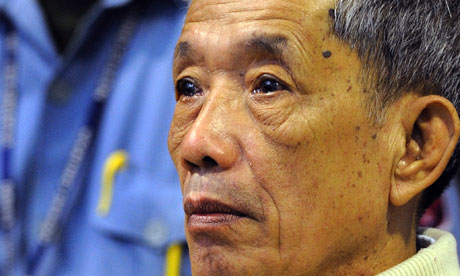By Pearl Rimon
Impunity Watch Reporter, Europe
BAKU, Azerbaijan – The legal affairs and human rights committee of the Council of Europe voted on a resolution that calls for Azerbaijani authorities to resolve the cases of more than 80 political prisoners and to ensure that no further arrests on politically motivated charges are made. By the passing of this resolution, the Council of Europe has sent a clear message to the Azerbaijan government to stop using its criminal justice system as a way to deal with political oppositions.

The adopted resolution comes from a report by Christoph Strässer, who was assigned to follow up on political prisoners in the country. Azerbaijan has denied Strässer’s visa for entry into the country since 2009. Strässer was forced to write his report without meeting with the political prisoners and relied on information provided by consulting Azerbaijani lawyers, and local and international human rights groups. His report listed around 100 political prisoners who are in detention due to trumped up charges.
Azerbaijan was admitted into the Council of Europe in 2001 but on the condition that they would release all political prisoners. Among the political prisoners is Vidadi Isganderov, a human rights defender who was sentenced for three years following a complaint he submitted to authorities alleging vote rigging during his 2010 parliamentary election. Instead of investigating his complain, he was charged and convicted of interfering with the elections.
“ARTICLE 19 welcomes this decision by the Council of Europe as crucial step in recognizing that political prisoners exist in Azerbaijan, something which the authorities in that country have continued to deny,” says Dr. Agnes Callamard, director of ARTICLE 19, a London based human rights organization.
Azerbaijani authorities released nine political activists last week, but a number of journalists, human rights defenders and activists remain in custody. This month alone, three were arrested on false charges in what appears to be retaliatory action for their human rights work.
Hilal Mammadov, editor-in-chief of the newspaper Tolishi Sadoi, was arrested on June 21 on alleged drug possession charges and is in pre-trial custody for three months. Mehman Huseynov, a blogger for Institute for Reports’ Freedoms and Safety is in custody and charged with “hooliganism”. Ilham Amiraslanov, an activist for the country’s 2001 flood victims is currently detained on weapons charges. sent to pre-trial custody for three months. On June 12, Mehman Huseynov, a blogger and photographer at the Institute for Reporters’ Freedoms and Safety, was arrested and charged with “hooliganism.” And on June 8, police arrested Ilham Amiraslanov, an activist who worked on behalf of victims of a 2010 flood in eastern Azerbaijan, on trumped-up weapons possession charges.
For further information, please see:
Public Service Europe – Enough is Enough Azerbaijan Must Act On Human Rights 28 June 2012
Azeri Report – Council of Europe Adopts Resolution on Azerbaijan’s Political Prisoners 26 June 2012
New Europe Online – Amnesty International Welcomes Release Azerbaijani Activists 26 June 2012



